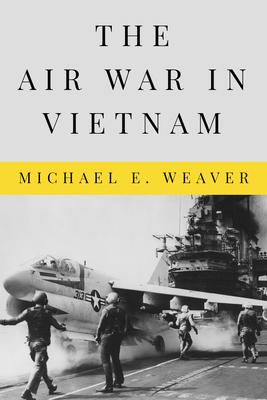Breaking air power into six different mission sets--air superiority, aerial refueling, airlift, close air support, reconnaissance, and coercion & interdiction--Weaver assesses the effectiveness of each of these endeavors from the tactical level of war and adherence to US policy goals. Critically, The Air War in Vietnam perceives of the air campaign as a siege of North Vietnam.
While American air forces completed most of their air campaigns successfully on the tactical, operational, and strategic levels, what resulted was not a failure in air power, but a failure in the waging of war as a whole. The Air War in Vietnam tackles controversies and unearths new evidence, rendering verdicts both critical and positive, arguing that war, however it is waged, is ultimately effective only when it achieves a country's policy objectives.
